Comprehensive Traceability Principles
Create a program that is electronic, interoperable, and data secure
Increase alignment across the seafood sector by prioritizing the seamless exchange of digital data with existing traceability systems. Choose technologies that meet needs for data analysis, security, and worker confidentiality.
Full description
Identify eCDT technologies that efficiently and effectively share data to fulfill data collection, analysis, and security needs. Prioritize interoperability with existing traceability systems and data formats.
APPLY THE PRINCIPLE
There are three main phases to building an electronic catch documentation and traceability (eCDT) program:
INITIATE – includes early research, goal setting, and stakeholder engagement;
DESIGN – includes identifying technology, assigning responsibilities, and creating the systems to support the program;
IMPLEMENT – includes piloting the program, adaptively managing, and scaling it.
Here you can see how this principle manifests throughout each phase.
- Facilitate interoperability (when technology systems are able to exchange information or data seamlessly) by identifying labor and product data requirements already in place in key markets and across relevant agencies (e.g., import rules, food safety)
- Seek to minimize costs of compliance
- Require only the minimum technology adoption and data collection needed to meet eCDT program objectives. Identify technology that adds value to businesses’ bottom line; ensure there is a built-in cost-recovery scheme
- Avoid creating trade barriers
- Ensure that the program is compatible with the traceability requirements of major importers (e.g., SIMP, European Union)
- Identify eCDT technologies to fulfill data collection and analysis needs
- Let data collection, program objectives and user need drive eCDT tool selection
- Develop eCDT programs and technologies with “human-centered design” approaches
- Consult with technology users before and during implementation. Use site-specific approaches or designs where possible, but customization should still support interoperability
- Prioritize interoperability with existing traceability programs and data
- Use standardized data formats (i.e., Key Data Elements (KDEs)). Consider alignment with industry data standards (e.g., GDST Version 1.0) and import data requirements of market states (e.g., U.S. SIMP)
- Ensure data security protocols
- Pilot test the technology with key users
- Identify and address barriers and challenges to technology adoption
- Ensure data security is maintained
